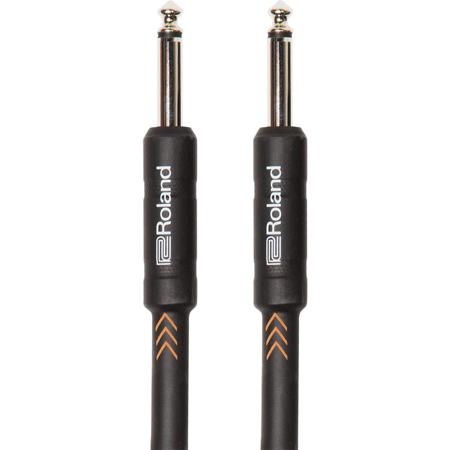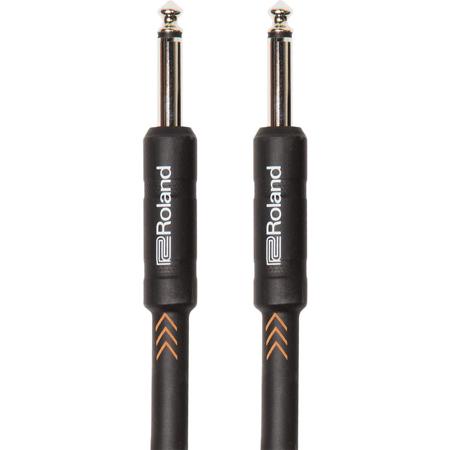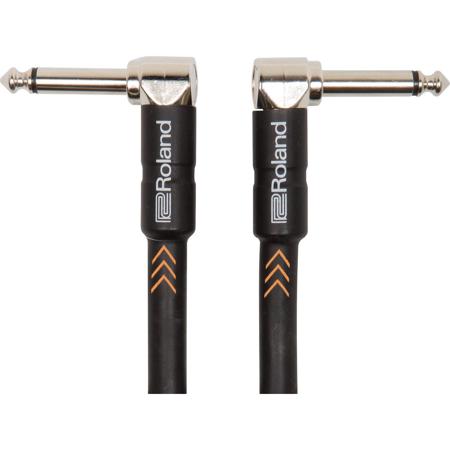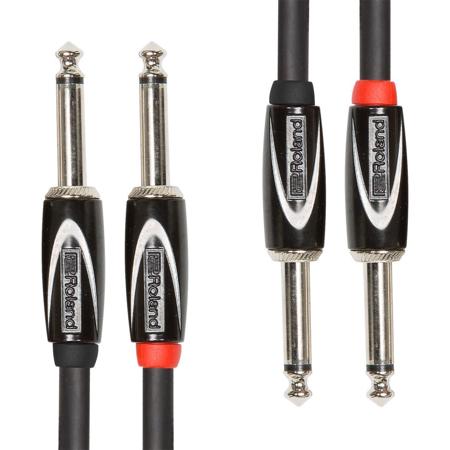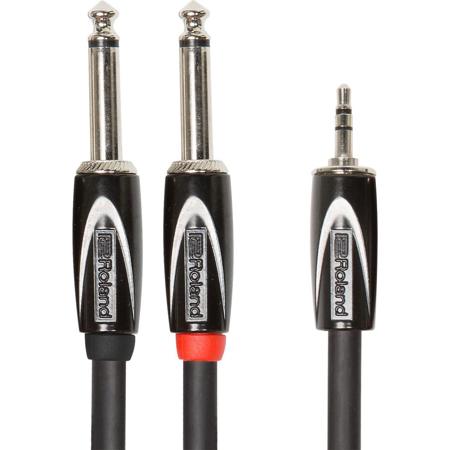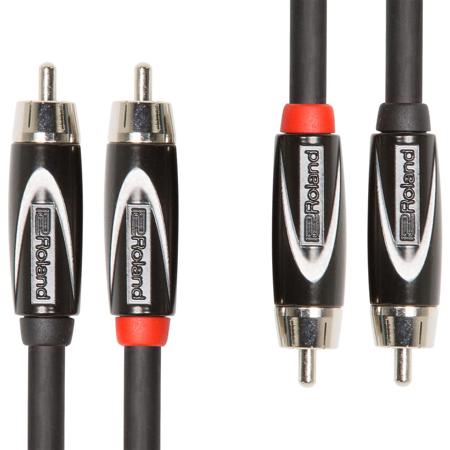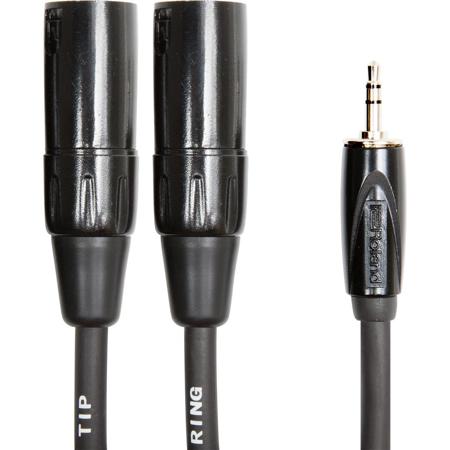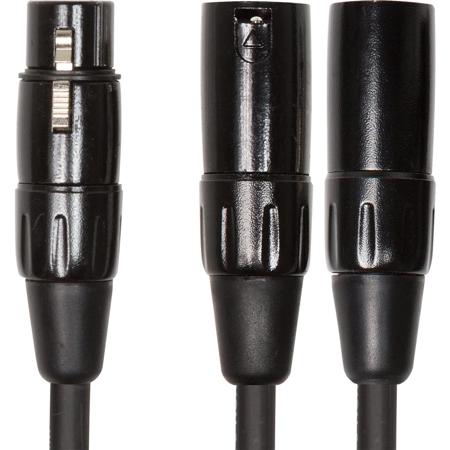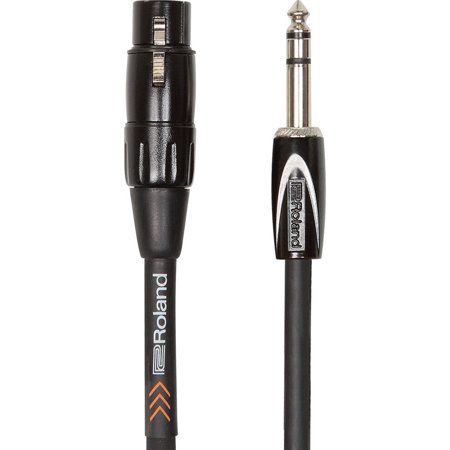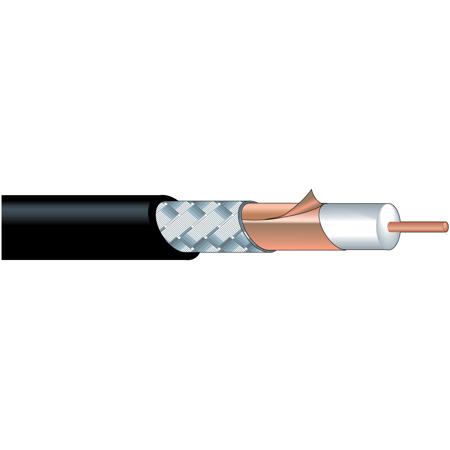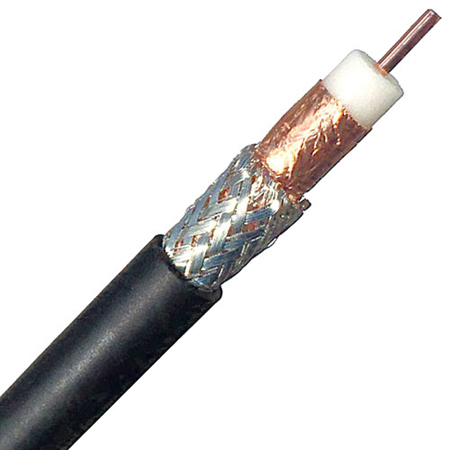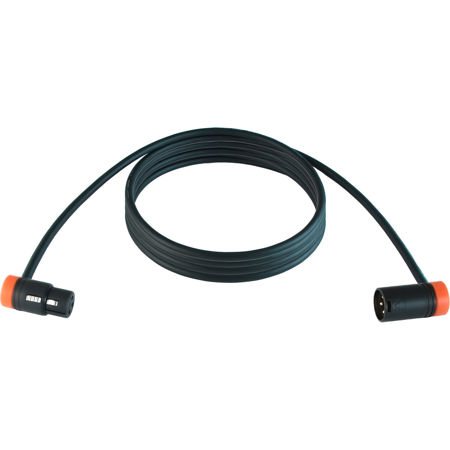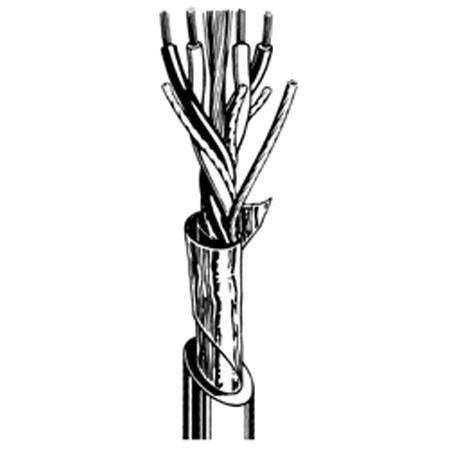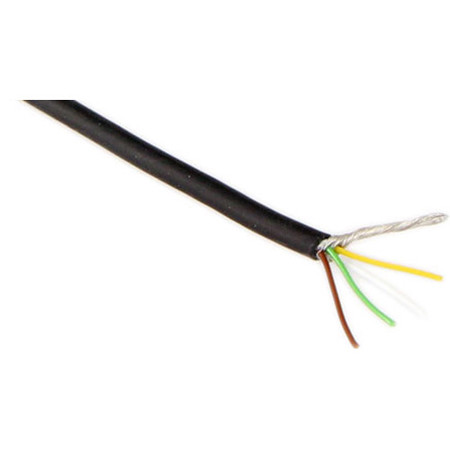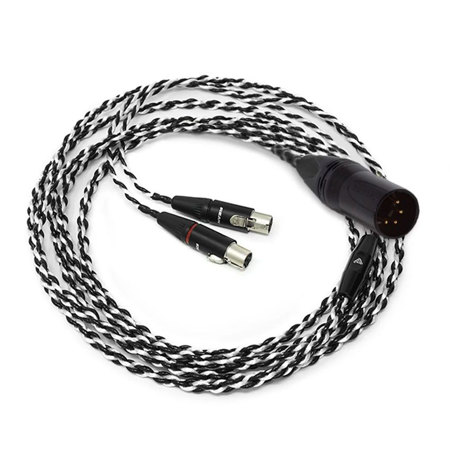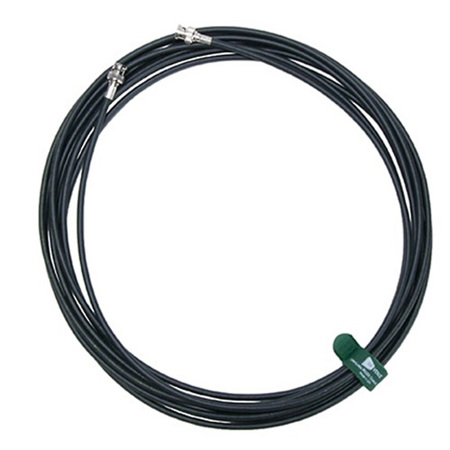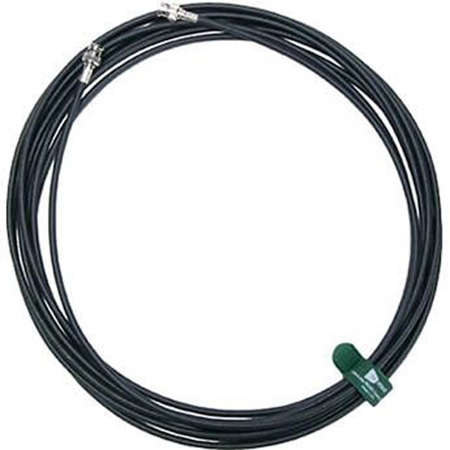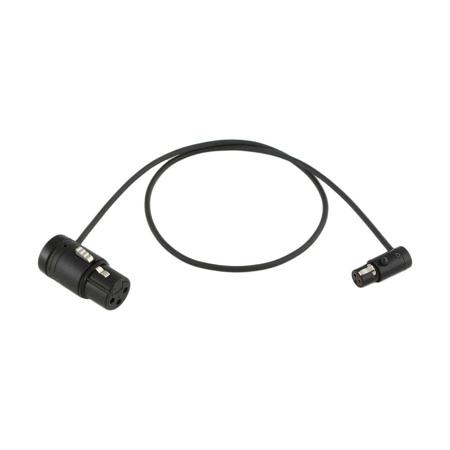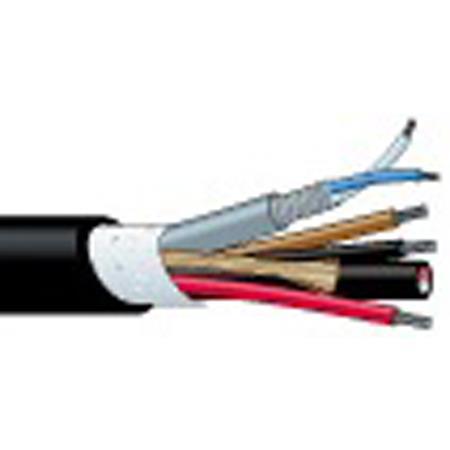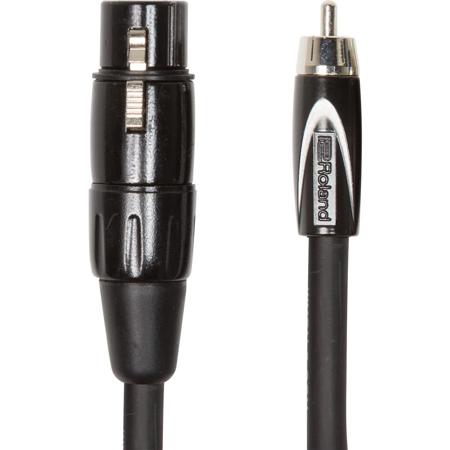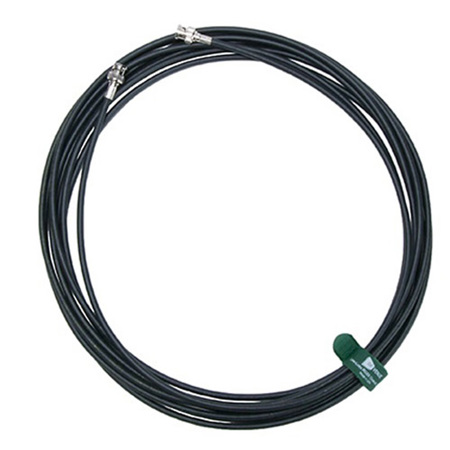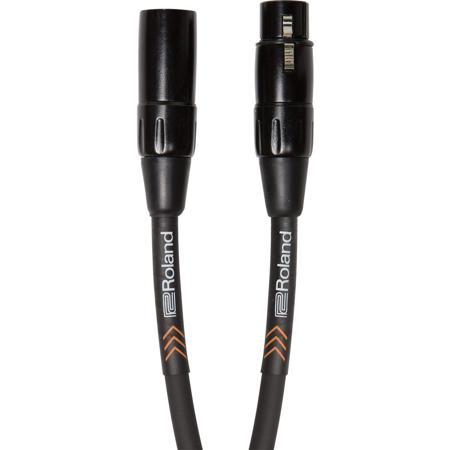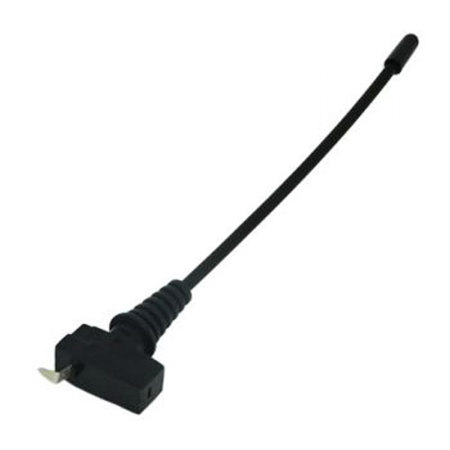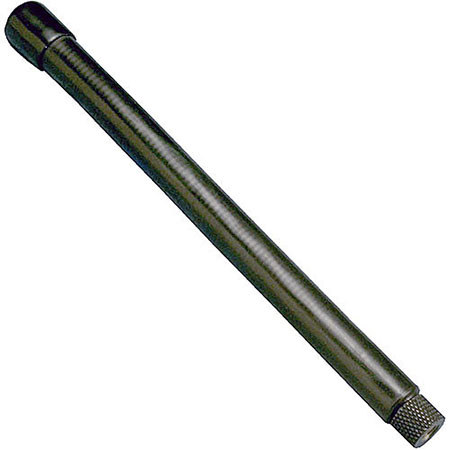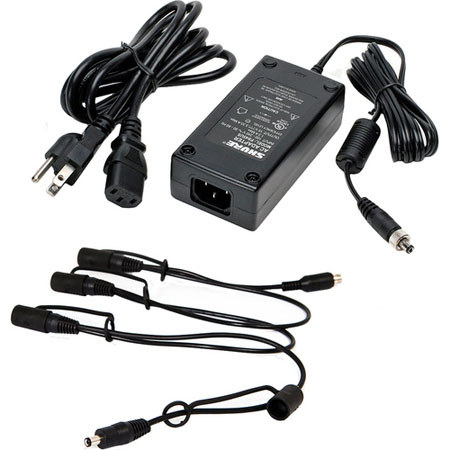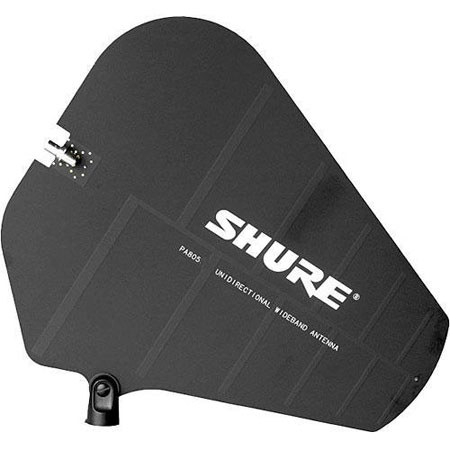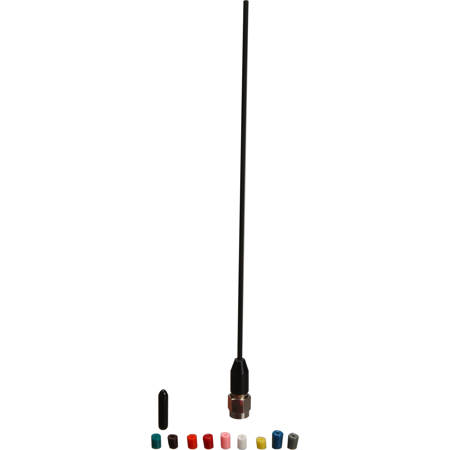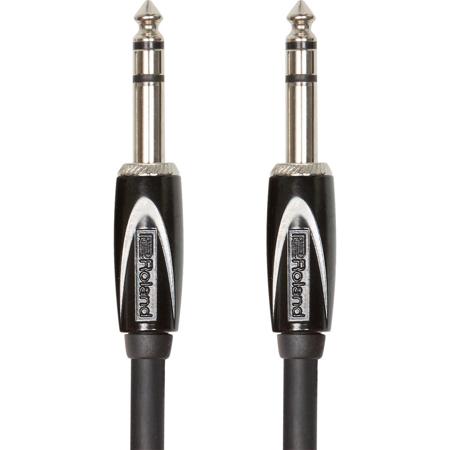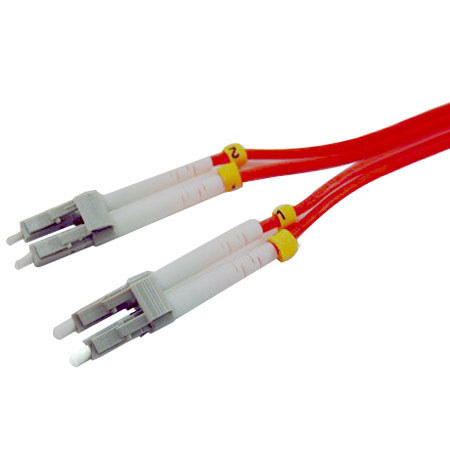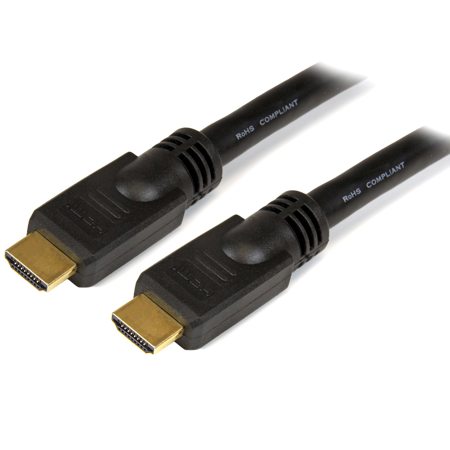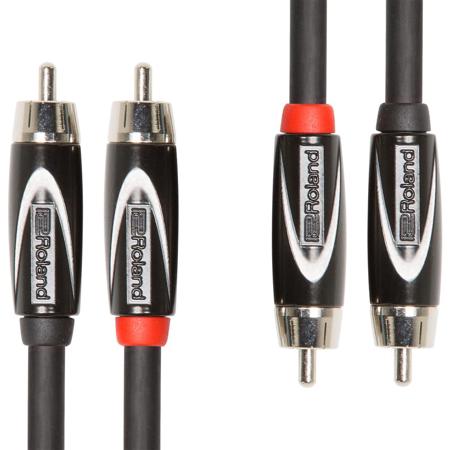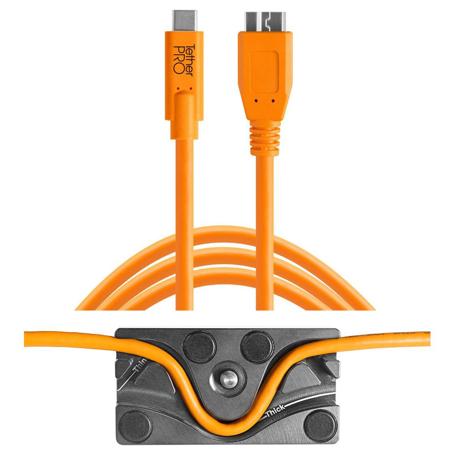Low Capacitance Cables
In the realm of audio and video production, the quality of your output is not just determined by the skills of the operator or the caliber of the instruments used. Equally crucial are the myriad accessories that often go unnoticed yet play pivotal roles in the clarity and integrity of the final product. Among these, low capacitance cables stand out as essential tools for anyone serious about their audio and video outputs. These cables are specifically designed to minimize capacitance, which in layman’s terms, means reducing the amount of signal loss or interference that can occur during transmission. This is particularly important for musicians, sound engineers, and broadcast professionals who rely on the utmost fidelity and precision in their work.
Imagine setting up for a crucial recording session during the chilly days of January, where every note and nuance matters. Using low capacitance cables ensures that the warmth and richness of the sound are preserved, exactly as intended, without the frustration of interference that can sometimes plague lesser quality cables. This makes them an excellent choice not only for professional settings but also for audiophiles who seek to bring out the best in their home audio systems. Moreover, these cables are invaluable in live performance settings. Musicians performing in cold, drafty venues will find that low capacitance cables are reliable and resilient, capable of delivering consistent performance regardless of the environmental challenges. This reliability also makes them a thoughtful gift for the budding musician or podcaster in your life, helping them to achieve professional-quality sound from the comfort of their home studio or garage.
For those looking to delve deeper into the technical aspects or explore the variety of options available, understanding the different types and specifications of cables can be crucial. One might consider visiting a comprehensive resource like our Signal Cables page to compare different models and find the perfect match for their needs. Whether you're setting up a new home theater, upgrading your studio equipment, or simply replacing old, worn-out cables, choosing the right type of low capacitance cable can make a significant difference in the performance and reliability of your setup. Remember, in the intricate dance of electronic signals, every component counts, and a well-chosen cable can be the unsung hero that ensures every performance or recording session is clear, crisp, and free of unwanted noise.
Imagine setting up for a crucial recording session during the chilly days of January, where every note and nuance matters. Using low capacitance cables ensures that the warmth and richness of the sound are preserved, exactly as intended, without the frustration of interference that can sometimes plague lesser quality cables. This makes them an excellent choice not only for professional settings but also for audiophiles who seek to bring out the best in their home audio systems. Moreover, these cables are invaluable in live performance settings. Musicians performing in cold, drafty venues will find that low capacitance cables are reliable and resilient, capable of delivering consistent performance regardless of the environmental challenges. This reliability also makes them a thoughtful gift for the budding musician or podcaster in your life, helping them to achieve professional-quality sound from the comfort of their home studio or garage.
For those looking to delve deeper into the technical aspects or explore the variety of options available, understanding the different types and specifications of cables can be crucial. One might consider visiting a comprehensive resource like our Signal Cables page to compare different models and find the perfect match for their needs. Whether you're setting up a new home theater, upgrading your studio equipment, or simply replacing old, worn-out cables, choosing the right type of low capacitance cable can make a significant difference in the performance and reliability of your setup. Remember, in the intricate dance of electronic signals, every component counts, and a well-chosen cable can be the unsung hero that ensures every performance or recording session is clear, crisp, and free of unwanted noise.
